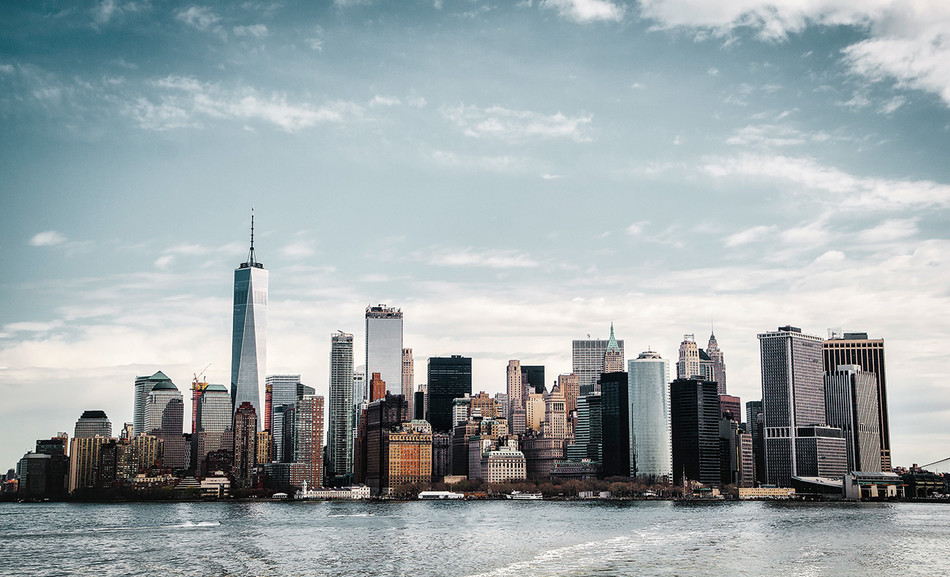With more and more US companies embracing remote work and reducing their office footprint to save money, the commercial real-estate industry has been left reeling, with landlords saddled with millions of square feet of vacant space and drastically devalued properties. This has led many observers to wonder if the empty office towers that now dot US cities might be converted into rental apartments and condos, thus helping to address the country’s worsening housing shortage.
Columbia economist Stijn Van Nieuwerburgh, graduate student Candy Martinez, and NYU economist Arpit Gupta ’16BUS recently conducted an in-depth analysis of the challenges and potential benefits of office-to-residential conversions, ultimately concluding that policymakers ought to consider encouraging such projects on a large scale in at least six metropolitan areas: New York City; San Francisco; Washington, DC; Denver; Boston; and San Jose. In these areas alone, the researchers found, there are more than 1,200 office buildings that are good candidates for conversion, based on their vacancy rates, architectural designs, and other factors. Together the properties could produce some 120,000 new apartments.
The authors, whose paper was published by the Brookings Institution, say that there are hundreds of other underutilized office buildings scattered throughout the US that are physically suited to conversion. Generally speaking, the best candidates are properties built before 1990, since they tend to have windows that open and smaller floor plans that enable natural light to reach all parts of the interior. But only in the six cited cities are many office-to-apartment conversions likely to be financially feasible without significant government subsidies, the researchers say, since housing prices in these areas are extraordinarily high, thus compensating for the costs of conversion.
“New York City has by far the most potential, with about six hundred buildings ripe for conversion,” says Van Nieuwerburgh, a professor of real estate and finance at Columbia Business School. “Lawmakers just need to loosen zoning regulations and building codes to allow for more residential developments in parts of Midtown and downtown Manhattan.”
Van Nieuwerburgh made headlines last year with a related paper that described the severe economic threat posed by the collapsing office market. He and colleagues predicted that if more companies chose not to renew long-term leases, the tax revenues that New York and other large cities derive from office towers could shrink to record lows, forcing them to slash essential services. Rates of crime, homelessness, and other social problems could increase, prompting even more businesses to flee and setting in motion a vicious cycle that Van Nieuwerburgh and his coauthors termed an “urban doom loop.” But by converting empty offices into apartments, cities can avoid this scenario.
Reusing old buildings is also more environmentally friendly than constructing new housing developments from scratch, creating less waste and carbon emissions, say the researchers. “During the conversion process, old buildings with outdated heating and electricity systems could also be made more energy-efficient, significantly reducing their future emissions,” says Van Nieuwerburgh.
This article appears in the Winter 2023-24 print edition of Columbia Magazine with the title "Can zombie office towers help solve the housing crisis?"



